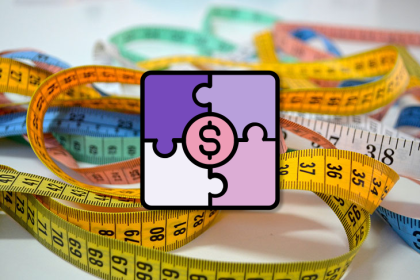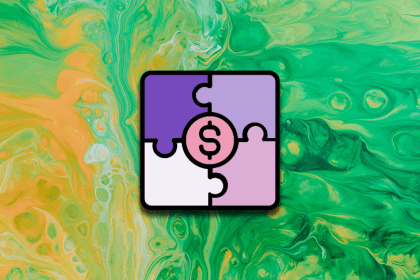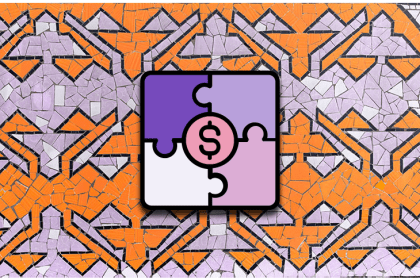
Survey templates aren’t bad, they’re just unlikely to give you all the insights you’ll need right out of the box. Creating your own survey will help you uncover what you need to know.

When it comes to identifying your ideal target customer, the common wisdom of focusing on a niche first often does more harm than good.

The product development manager is a cross-functional and hybrid role that sits somewhere between project and product management.

Pricing is one of the hardest puzzles product managers have to solve, especially when there’s a lot of uncertainty.

Market sizing estimates your first niche (SOM) and potential expansion (SAM) well beyond just the “best case scenario.”

TikTok first launched in 2017 and Instagram released a reels component to mimic it in 2020. The TikTok vs. Instagram war began.

Determining the right price for products requires careful consideration. Setting the price too low can result in missed revenue, while setting it too high may limit sales volume.

Discover how research and development (R&D) and the resultant insights influence decision making at each stage of the product development lifecycle.

Creating a go-to-market strategy is more art than science. However, it is crucial to start with a hypothesis, do it early, and make it fluid enough to pivot based on data.

A product’s total addressable market is an important realization — that there’s room for scalability. It also defines the wider view and scope of the industry.

Market development is the actions taken to grow your business across new markets — either by scaling your current product or diversifying its portfolio.

If you have the right combination of core and accessory products, a captive product pricing strategy can be a great tool.